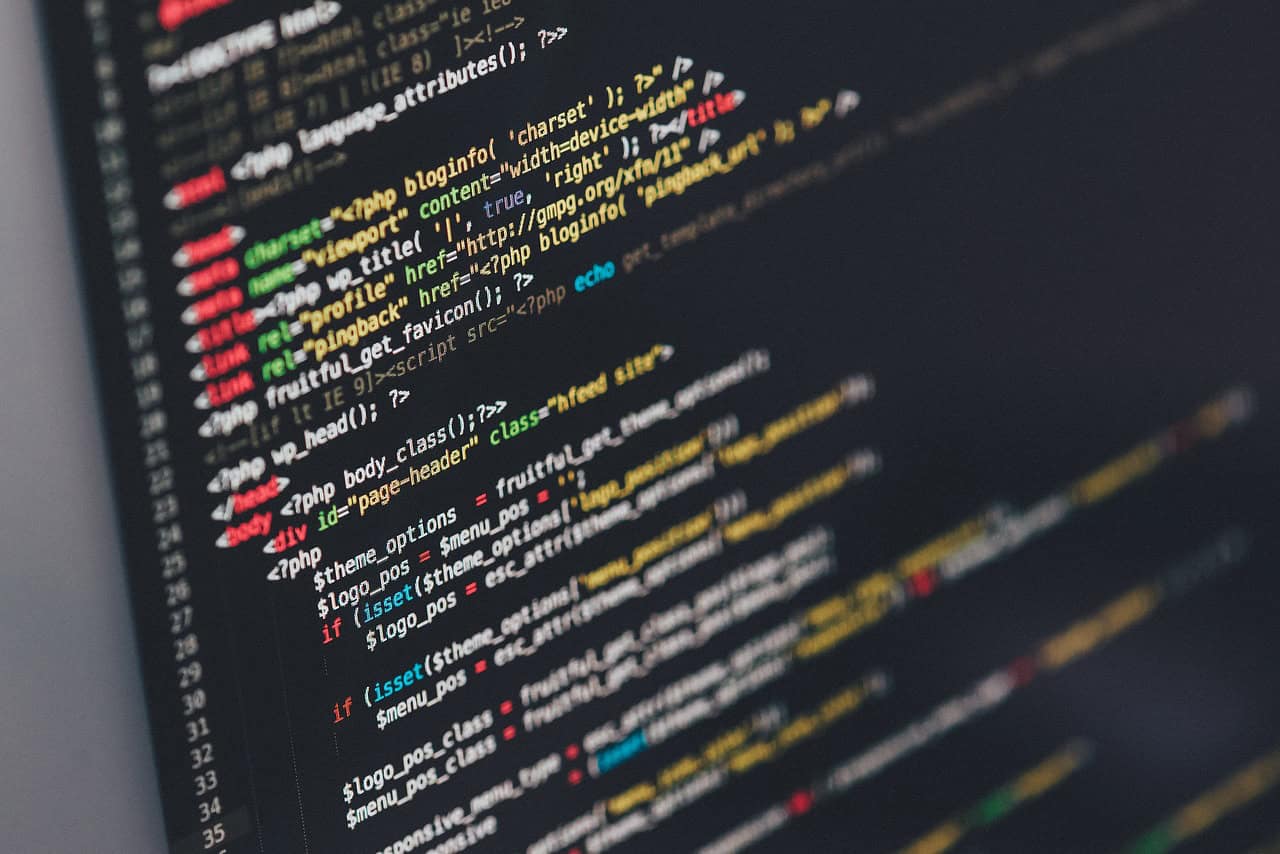Python for Finance: Unlocking Opportunities in the Financial Sector
Estimated Reading Time: 6 minutes
- Python’s versatility is reshaping the financial landscape.
- Data analysis and visualization using Python enhance decision-making.
- Machine learning facilitates predictive analytics and risk assessment.
- Python powers secure banking software and payment systems.
- Proficiency in Python opens doors to lucrative career opportunities in finance.
Table of Contents
- Python’s Versatile Applications in Finance
- 1. Data Analysis and Visualization
- 2. Machine Learning and Predictive Analytics
- 3. Banking Software and Payment Systems
- 4. Cryptocurrency and Stock Trading
- 5. Algorithmic Trading and Portfolio Management
- Why Python is Ideal for Beginners
- Training and Courses
- Future Prospects of Python in Finance
- Conclusion
- FAQ
Python’s Versatile Applications in Finance
1. Data Analysis and Visualization
In the financial sector, data is king. Institutions accumulate enormous amounts of data daily, and Python provides the tools necessary to analyze and visualize this information effectively. Libraries like Pandas and NumPy facilitate sophisticated statistical operations, making it easier to manipulate large datasets.
Additionally, Python can create stunning visualizations through Matplotlib, a library that helps analysts and decision-makers understand complex financial trends and patterns. By transforming raw data into insightful graphics, finance professionals can make more informed decisions backed by concrete evidence (source).
2. Machine Learning and Predictive Analytics
The finance industry is increasingly leveraging machine learning for predictive analytics. Libraries such as Scikit-learn and PyBrain enable the implementation of machine learning algorithms that predict financial trends and assess risk.
These predictive capabilities empower financial services providers to automate trading strategies and refine investment decisions, enabling them to stay ahead of market shifts (source).
3. Banking Software and Payment Systems
In today’s digital world, secure and efficient banking solutions are more critical than ever. Python plays a key role in developing various banking software and payment systems. Well-known platforms such as Venmo and Stripe are built using Python, thanks to its ability to handle complex transactions securely.
Moreover, Python also aids in the creation of ATM software and online banking platforms, further enhancing the efficiency of payment processing systems (source).
4. Cryptocurrency and Stock Trading
The rise of cryptocurrency has opened new frontiers for financial analysis and trading strategies. Python facilitates cryptocurrency market data analysis using platforms like Anaconda to empower traders with real-time insights.
Moreover, libraries like Quantopian and Quantconnect offer functionalities for building advanced trading strategies, enabling traders to capitalize on the latest market trends and engage in profitable trades.
5. Algorithmic Trading and Portfolio Management
Automating trading decisions is a significant advancement in the finance industry, and Python is at the forefront of algorithmic trading solutions. By reducing human intervention, Python allows for quicker transaction speeds and more efficient trading strategies (source).
Additionally, libraries like PyPortfolioOpt are used for portfolio optimization, helping investors manage risk while striving to maximize returns.
Why Python is Ideal for Beginners
Ease of Learning
One of the reasons Python has gained so much traction in finance is its user-friendly nature. The syntax is clear and intuitive, making it accessible even for newcomers to programming. As a result, individuals can quickly learn and apply Python’s capabilities in real-world financial contexts (source).
Community and Educational Resources
The extensive community support and abundant documentation further solidify Python’s place as the go-to programming language in finance. As learners encounter challenges, they have a wealth of online resources and active forums to turn to for assistance (source).
Lucrative Career Opportunities
The proficiency in Python paves the way for lucrative career prospects in finance. Numerous roles, such as Financial Analyst, Risk Manager, and Portfolio Manager, increasingly demand expertise in Python. Gaining knowledge in Python for finance not only enhances one’s skill set but also opens doors to significant career advancement (source).
Training and Courses
For those looking to develop their skills further, several organizations offer comprehensive courses on Python for finance. Notably, Noble Desktop provides in-depth training covering various aspects of data analysis, machine learning, and data visualization, setting participants up for success in the finance industry.
Future Prospects of Python in Finance
As the financial sector continues to evolve, Python’s importance is only set to grow. Its versatility as a programming language ensures it remains a crucial tool enabling organizations to innovate and adapt to rapidly changing market dynamics. With institutions increasingly seeking to harness data and improve decision-making processes, Python’s robust features and supportive community make it the ideal choice for finance professionals in the years to come (source).
Conclusion
In summary, Python has become a cornerstone of modern financial technology and fintech innovation. Its applications in data analysis, machine learning, banking software, algorithmic trading, and more illustrate its versatility and importance in the field. For both seasoned professionals and newcomers alike, mastering Python offers a unique opportunity to thrive in the evolving finance landscape.
Practical Takeaways:
- Exploring Python can significantly enhance your understanding of financial data.
- Engaging with resources and courses on Python for finance can give you a competitive edge in the job market.
- Utilizing Python can streamline your financial analysis processes and contribute to more informed decision-making.
Call to Action
Ready to dive deeper into Python and its applications in the finance sector? Check out more informative content available on TomTalksPython to enhance your knowledge and skills in Python programming.
FAQ
1. What is Python’s role in finance?
Python is widely used for data analysis, machine learning, and algorithmic trading in the finance sector.
2. How can beginners learn Python for finance?
Beginners can explore online resources, courses, and community support dedicated to Python programming.
3. Why is Python preferred in financial services?
Python’s clarity, versatility, and supportive community make it an ideal tool for financial professionals.
Legal Disclaimer: This article is for informational purposes only and should not be construed as professional advice. Always consult a qualified professional before acting on any information provided herein.
